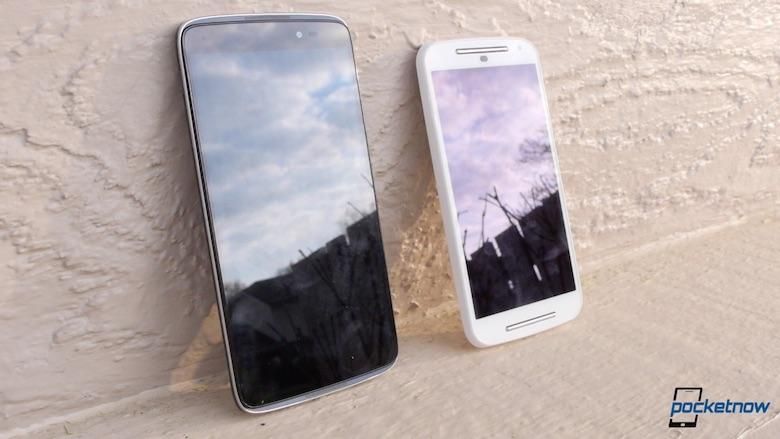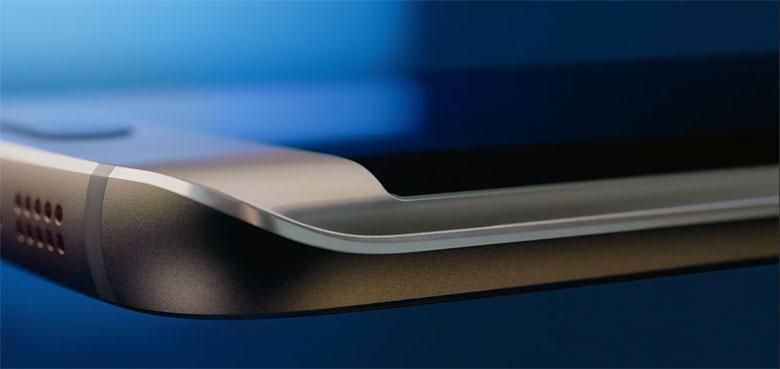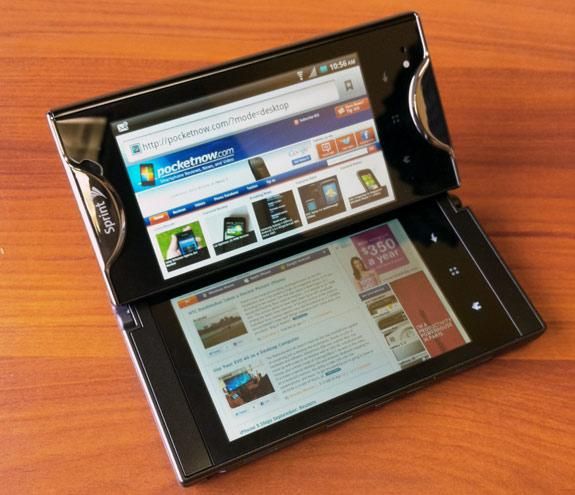By far, the most popular content on websites like Pocketnow is the device reviews. We spend countless hours meticulously picking apart every aspect of every new smartphone we can cover, jotting down what we love and hate about them, and presenting our findings to you in the form of written and video reviews. But those are all reviews on specific devices, focusing on the faults and features of individual products. What about the smartphone mistakes that manufacturers as a whole make? We’ve put some thought into the errors and troubles made by the entire smartphone landscape, and compiled a list of the four biggest missteps.
Too much focus on hardware or software
The Galaxy S6 Edge’s design is an engineering feat, and it’s absolutely stunning to look at … but the curved edge display doesn’t really add much to the user experience. The G Flex 2’s curved back and rear-mounted hardware controls feel terrific in hand … but its performance lags behind its competition. The One M9’s photo editing suite is full of fun and amusing editing tools … for an underwhelming camera. Whether it’s software that doesn’t match the quality of the hardware or vice-versa, OEM’s seem to always put most or all of their energy into making half of their flagship experience really great, at the expense of the other half.
Two of the most popular devices on the market, the iPhone 6 and the Galaxy S6, are on top partially because they find a good middle ground between the two fields. The physical design is impeccable on both devices, and — though they may not be a tinkerer’s favorite platforms, iOS and Touchwiz are exactly what the average consumer wants from their phone: familiar and powerful without being overwhelmingly complicated. “But stock Android is cleaner!” “But Windows Phone is user-friendly!” “But Sense is customizable!” I know. Believe me, I know. Different strokes for different folks, right? But back on topic, more manufacturers need to focus on making great hardware and software experiences, not either or.
Making hardware too fragile
From the Galaxy S6 to the iPhone 6 to the One M9, one thing is abundantly clear: glass and metal phones are all the rage right now. They look beautiful, they feel great to hold, and they feel more premium than plastic. That last bit is especially important because it makes people feel like they’re actually getting their money’s worth from their smartphone purchases. But these materials are also fragile and easily damaged. Glass is ridiculously easy to shatter, and barring Gorilla Glass and sapphire, it scratches pretty easily too. Especially in the event of shattering, it’s not only aesthetically displeasing but also potentially hazardous to the user — we’ve all seen that T-Mobile commercial where Bill Hader’s entire apartment is covered in bloody fingerprints from trying to use his phone with a broken screen. Damaged aluminum may not be quite as painful as glass, but it scratches like crazy, it dents, and nine times out of ten it’s not user-replaceable, meaning you’re stuck with whatever damage you cause (thanks, elegant unibody enclosures). And don’t even get me started on chamfered edges…
Of course, the age-old counterargument to all of this is to “just get a case,” and to that I say, I wouldn’t have bought an aluminum phone if I wanted to use a rubber case. We’ve had this debate a thousand times before, as have plenty of other tech sites, but the general idea is simple. What’s the point of buying a well-built, beautiful phone, only to slap a case over it that covers the design and the in-hand feel? That’s rhetorical, of course; I’m not here to rekindle this debate, but simply to ask, is there some compromise to be made here? Is there some end-all-be-all material that gives the best of both worlds for endurance and beauty? Or should we stop wasting time and money on these premium handsets and just go back to using the cheaper, lighter, and more resilient plastic?
Being too afraid to branch out
Remember when smartphones first started transitioning from resistive screen PDA’s (that’s personal digital assistant, for you millennials) with blinking lights and styli and physical keyboards to the capacitive candy bar slabs that we know now? When everybody was still trying to figure out the perfect smartphone form factor? Hell, they weren’t even doing that, they were just experimenting for the sake of experimenting — and we’ve since abandoned that experimental stage. Sure, there are still exceptions like the G Flex and the Samsung Edge series, and even the Aquos Crystal, but we’re so much less adventurous than before.
What happened to the phone that turns into a laptop? Or to the phone with a slideout mini-screen? To the phone with a whole foldout screen to double your canvas and minimize the footprint? What about the phone a whole slideout speaker? And to a lesser extent, what happened to the physical keyboards that I still see in the wild on occasion? Sure, these weren’t all great ideas, and maybe that in itself answers my next question, but why have smartphones become so stagnant, and their manufacturers so afraid to think outside the box? Or are we still seeing innovations like these, just in a more subtle and refined way?
Getting caught up in the spec race
There’s an old saying that goes “identical internal components can yield very different results with varying software optimization, so stop sweating the tech specs, ya dingus.”
Okay, I made that up. But hey, it’s true. The dual-core i5 processor and integrated graphics card in my MacBook Air sound laughable to a Windows user, but thanks to Apple’s direct software-hardware optimization (and the PCI-based SSD), it flies through whatever tasks I throw at it — even video editing, to an extent. Similarly, Android users are quick to comment each year on the iPhone’s comparatively minuscule specs vs. top-end Android devices, and yet it’s regarded as one of the smoothest operating phones on the market. But before the message gets lost, this section isn’t to prop up Apple as the definitively better brand, but rather to highlight the benefits that they’ve so ripely (Heh. Fruit puns.) embraced from tight software to hardware optimization. Windows Phone has long been a similar story, with extremely smooth operation on even the cheapest, lowest-end Windows Phone handsets. Why does Android need eight cores to function almost as smoothly as the rest of the competition?
Because Android handset makers have been caught up in the spec race for far too long. If it’s not “me first” or “me best,” it’s “me most.” Of course, as software evolves and becomes more complex, it requires better components to keep the show running without a hitch, but I’d be hard-pressed to find any difference in performance between a quad-core and an octa-core phone (both of which I’ve had a lot of exposure to lately). Similarly, and this’ll of course vary from person to person based on your eyesight and frankly how particular you are, I can rarely ever tell without looking up the spec sheet when a smartphone display is 1080p vs. 1440p. I couldn’t tell you when my phone has 3 GB of RAM or 2 GB (this one may be a bit easier for some of you to notice), but one thing I can tell you is that if someone who’s spent the better part of their life obsessing over technology can’t tell you the difference, an average consumer who just needs a phone for calls, texts, and social media won’t be able to either. So why do Android OEM’s feel so compelled to continually one-up each other each new product announcement? It’s great to have the option of all the power you could ask for, and I’m glad these devices are available to those who feel that way, but why not then save these absurd specs for ultra-premium handsets and just give the rest of the market more affordable phones without the technical bells and whistles?
Oh, right. Different product tiers. That’s already a thing.
So what do you make of all this? Am I totally off base on one or all of these topics? Did I maybe just miss one? I’d love to hear your thoughts on these, or any of the other questions are remarks made above.







